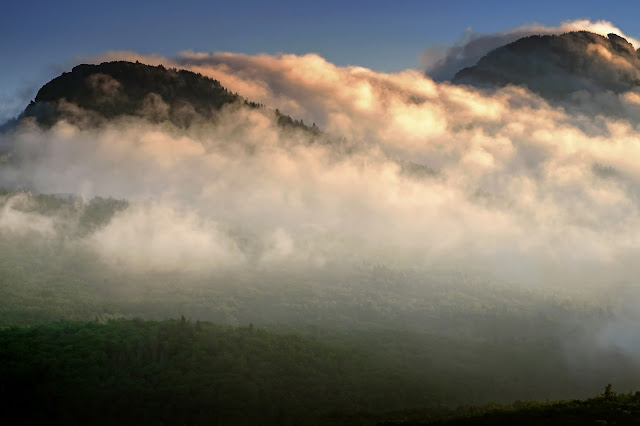 |
| Wooden Shoe Tulip Farm, Oregon Canon EOS 7D, 24-105mm, ISO 200, 1/50 sec/ @ f/8 |
Guest commentary published today in the Milwaukee Journal-Sentinel
When I heard the news of the mass shooting in a historic African-American church in Charleston, I was overcome with grief and flooded with memories.
Three years ago, I was the police officer who arrived on the scene of a mass shooting in a Sikh gurdwara [temple] in Oak Creek. The gunman Wade Michael Page had just murdered six people, wounding many more, when I engaged him. Page shot me 15 times before turning the gun on himself.
Ever since that moment, I have thought about what makes people like Page and Dylann Roof carry out deadly acts. Both are white supremacists. Both committed heinous acts in houses of worship at a time when people had gathered in community and prayer. Both killed people based on the color of their skin.
It would be easy to shrug off any responsibility in what they did. But I believe that people who were near both of them must have witnessed their spiral into hate and violence. Someone must have seen and known, deep inside, that there was trouble ahead. Why didn't they stop them? As someone who has looked hate in the eye — and survived — I believe that we each have a role in changing the culture that produced Roof and Page.
It begins with calling out racism in our own homes and communities. We tend to overlook things that bother us, the racist slur or sign of bigotry. We try not to get involved with situations outside our comfort zone. We want to be treated fairly and justly and, yet, we deny that treatment to people we see as different. But the costs are too great to stay silent. In this moment, we must have the courage to reach out to our neighbors, because we desperately need to understand each other.
We can start by learning from the families who survive these mass shootings. The families' response to the horrific violence in Charleston is profoundly similar to the Sikh community's response in Oak Creek. Both did something that speaks volumes about who they are: They forgave. They forgave those who trespassed against us, men who killed in the most coldblooded way. They looked these killers in the face and prayed for them. Forgiveness does not mean that we forget. Forgiveness frees us from hate, so that we can change our hearts and lives.
Now is the time for each of us to forgive. We must forgive our own ignorance and the way we harbor stereotypes and prejudice. We must forgive ourselves so that we can become braver and better. Only then can we change how we treat the people in our lives.
Some suggest that the massacres in Oak Creek and Charleston reveal that no matter how we try, we cannot reach everyone. For me, acts of hate make the job of reaching people that much more urgent and necessary. People at their foundation are good. There is no one completely out of reach; we just have to try harder. By Roof's admission, he almost didn't carry out his evil plan because the people were so nice to him.
We can start with how we treat the person next to us. The simplest act of kindness and compassion can change a person's life. Start now, this very second. Be the person you always dreamed of being. Be a beacon of hope to our children. Let them know we are better than the actions of a few people who have denied themselves the ability to see one another as brothers and sisters. Let us emulate the behavior that God has asked of us. Let us welcome, respect, and love one another.
This is the best way to honor the lives lost in Charleston and Oak Creek. If we don't change the culture of this country, starting with our own hearts, we are doomed to repeat the past.
Lt. Brian Murphy was wounded in the line of duty when arriving on the scene of the shooting at the Sikh Temple of Oak Creek on Aug. 5, 2012.










